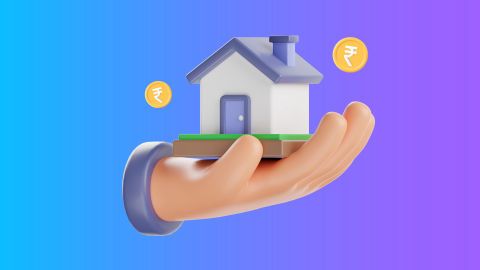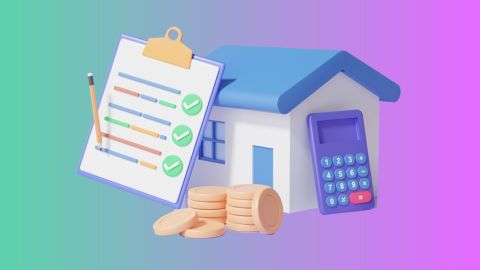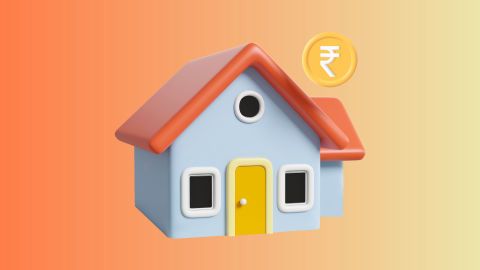Are you wondering what interest only mortgages are? If so, you are not alone. Many people are curious about this unique type of loan. In an interest only mortgage, the borrower only pays the interest for a certain period. This makes the monthly payments lower than traditional mortgages, which can be quite appealing. However, it is essential to understand the details and implications before deciding if it is the right choice for you.
With the cost of living rising, finding affordable ways to manage finances is crucial. One option to consider is a Loan Against Property by Bajaj Finance. It offers excellent features and flexible repayment options, making it easier to leverage your property when in financial stress. Let’s dive deeper into what an interest only mortgage is and how it compares with other types of mortgages.
What is an interest only mortgage?
An interest only mortgage is a type of loan where the borrower only pays the interest for a set period, usually 5 to 10 years. During this time, the principal amount remains unchanged. This means that your monthly payments are significantly lower compared to a repayment mortgage, where both interest and principal are paid from the start.
Once the interest-only period ends, the borrower must start repaying both the interest and the principal. This can lead to higher monthly payments unless the borrower refinances or sells the property. Understanding the nuances of this mortgage type is crucial for making an informed decision.
How does an interest only mortgage work?
Interest only mortgages work by dividing the loan term into two phases: the interest-only phase and the repayment phase. During the interest-only phase, your payments only cover the interest. This phase typically lasts for the first 5 to 10 years of the loan. After this period, you enter the repayment phase, where you start paying both interest and principal.
For example, if you take a 20-year mortgage with a 10-year interest-only period, you will only pay interest for the first 10 years. After that, your payments will increase as you start repaying the principal amount over the remaining 10 years. This can significantly impact your financial planning, so it is important to consider all factors.
Advantages of interest only mortgages:
- Lower initial payments: The primary advantage is the lower monthly payments during the interest-only period. This can free up cash for other investments or expenses.
- Flexibility: You can choose to pay more than the interest if you want to reduce the principal early.
- Short-term financial relief: Ideal for borrowers expecting an increase in income or who plan to sell the property before the interest-only period ends.
- Investment opportunities: The money saved on monthly payments can be invested elsewhere for potentially higher returns.
Disadvantages of interest only mortgages:
- Higher future payments: Once the interest-only period ends, monthly payments increase significantly as you start repaying the principal.
- Risk of negative equity: If property values drop, you might owe more than the property's worth.
- Complex financial planning: Requires careful planning to ensure you can handle the higher payments later on.
- Limited availability: Not all lenders offer interest only mortgages, and they may come with stricter eligibility criteria.
Interest only mortgage vs. repayment mortgage
| Feature | Interest only mortgage | Repayment mortgage |
| Monthly payments | Lower during interest-only period | Higher, includes both principal and interest |
| Initial financial relief | Yes | No |
| Principal repayment | Starts after the interest-only period | Starts immediately |
| Risk of negative equity | Higher | Lower |
| Complexity | More complex financial planning is required | Simpler financial planning |
Interest only mortgages offer a unique way to manage your loan payments, with lower initial costs and potential investment opportunities. However, they also come with risks and higher future payments. Before deciding, it is crucial to weigh the pros and cons carefully.
For those looking for a flexible financial solution, a Loan Against Property from Bajaj Finance could be an excellent option. This product provides access to funds while allowing you to retain ownership of your property. It is a smart way to leverage your assets without the immediate pressure of high repayments. Explore the features and use the EMI calculator to plan your finances better.
In conclusion, whether you choose an interest only mortgage or a repayment mortgage, make sure it aligns with your long-term financial goals. Always consider consulting with a financial adviser to ensure you make the best decision for your circumstances.




